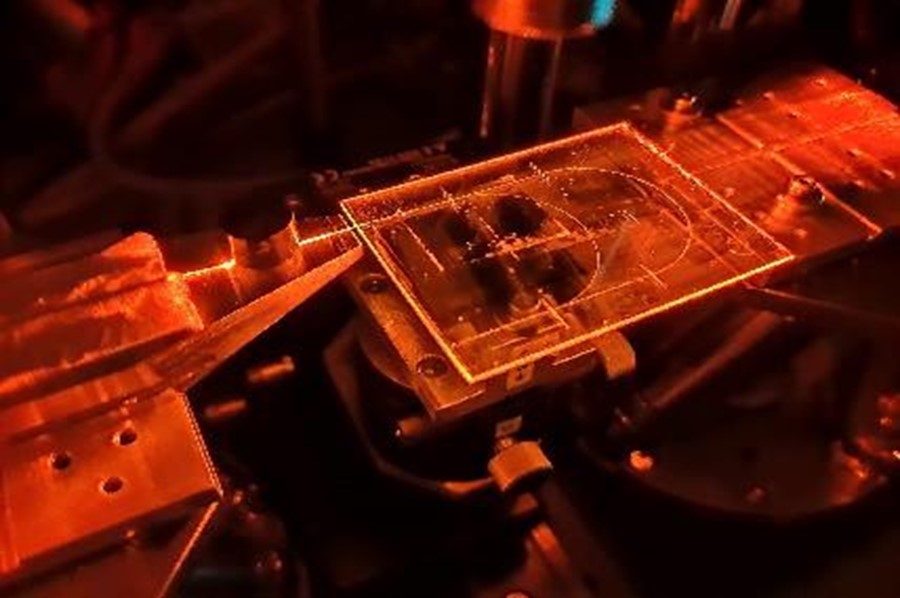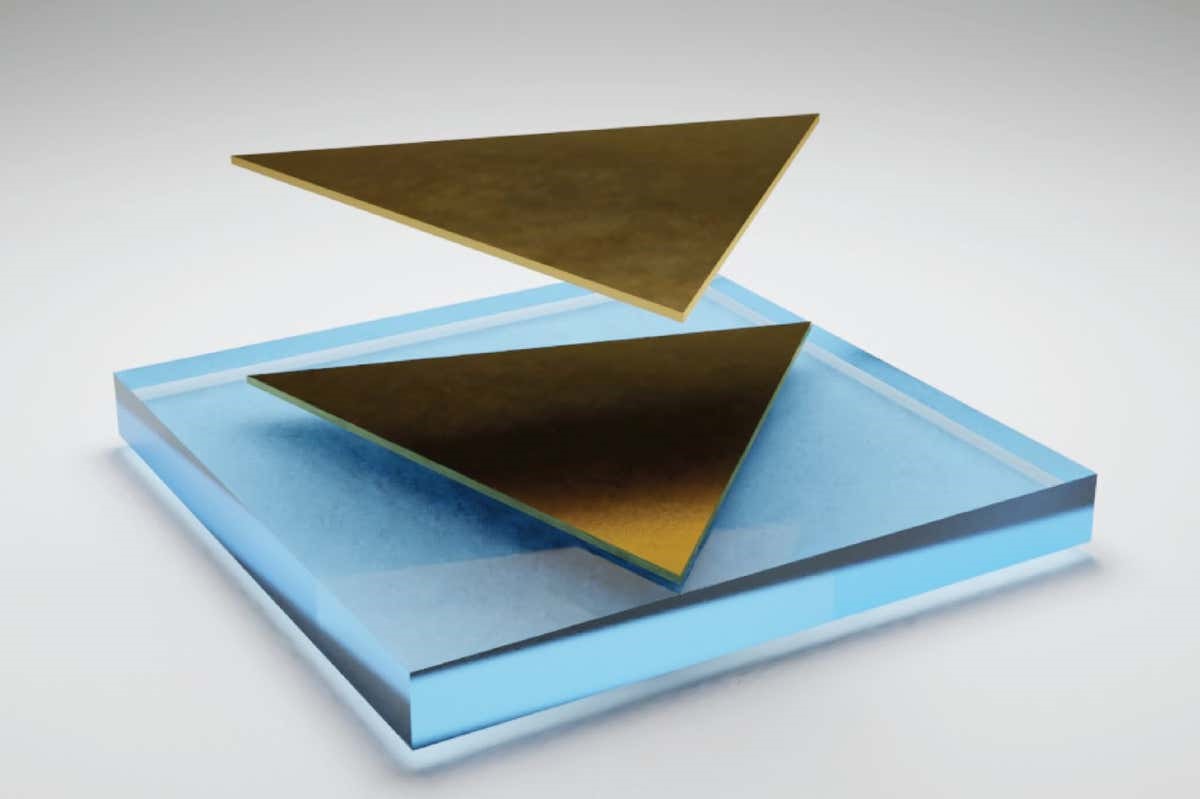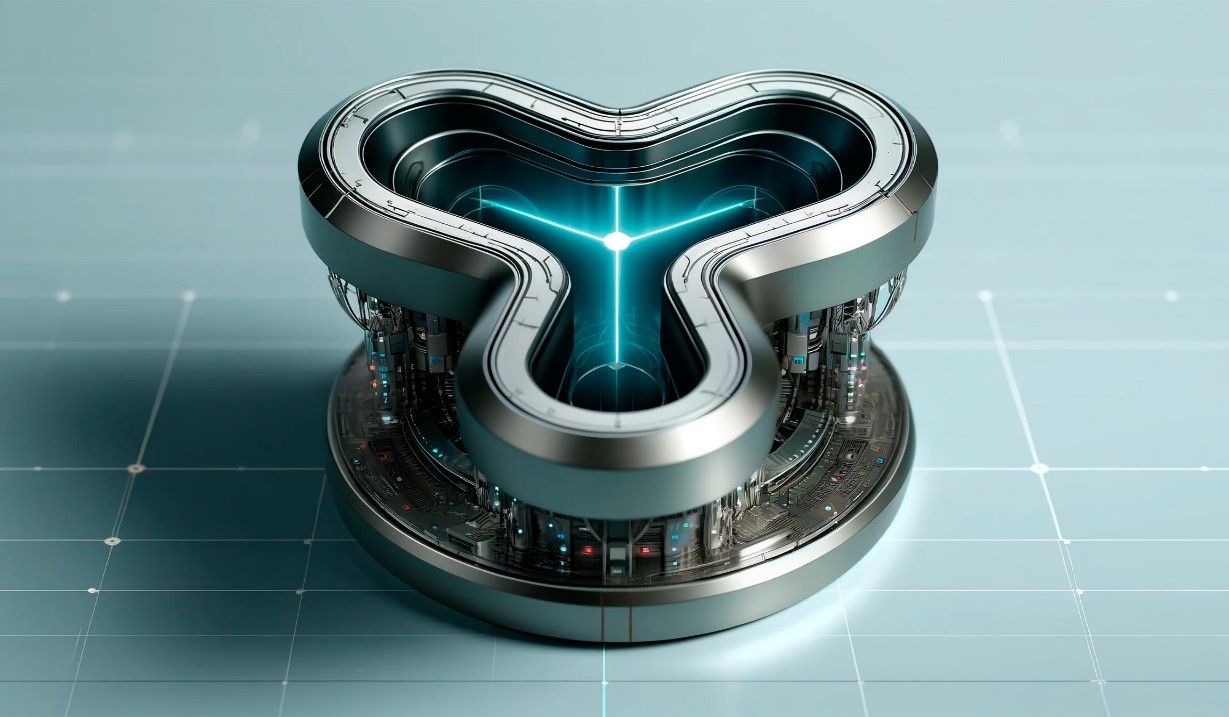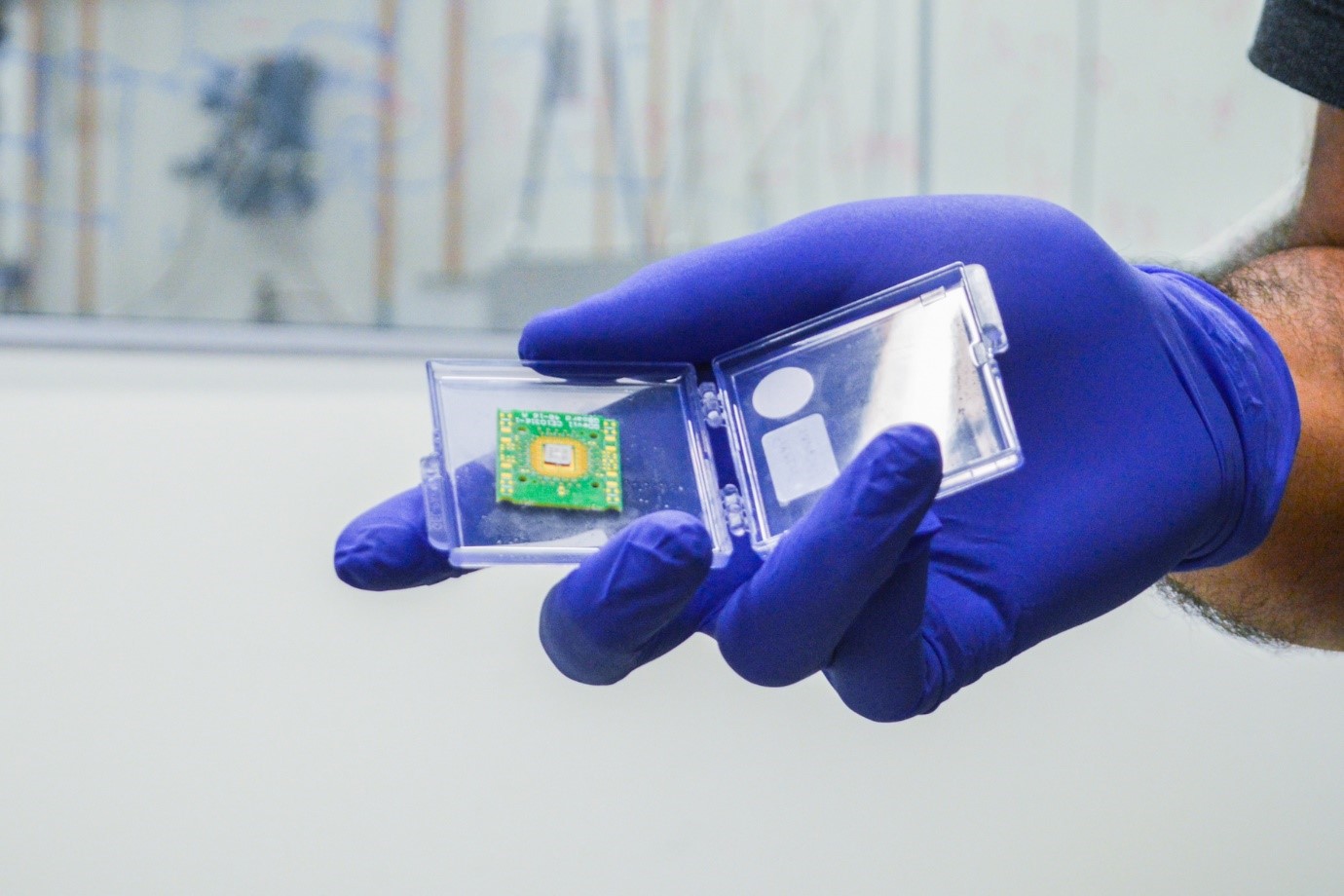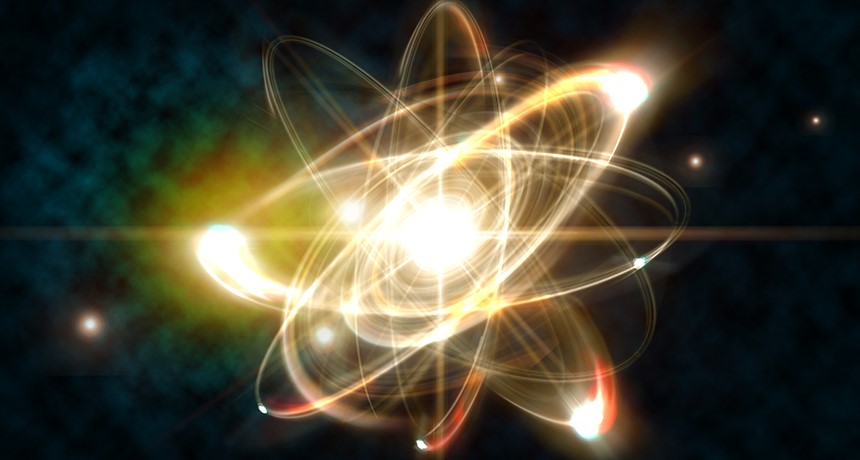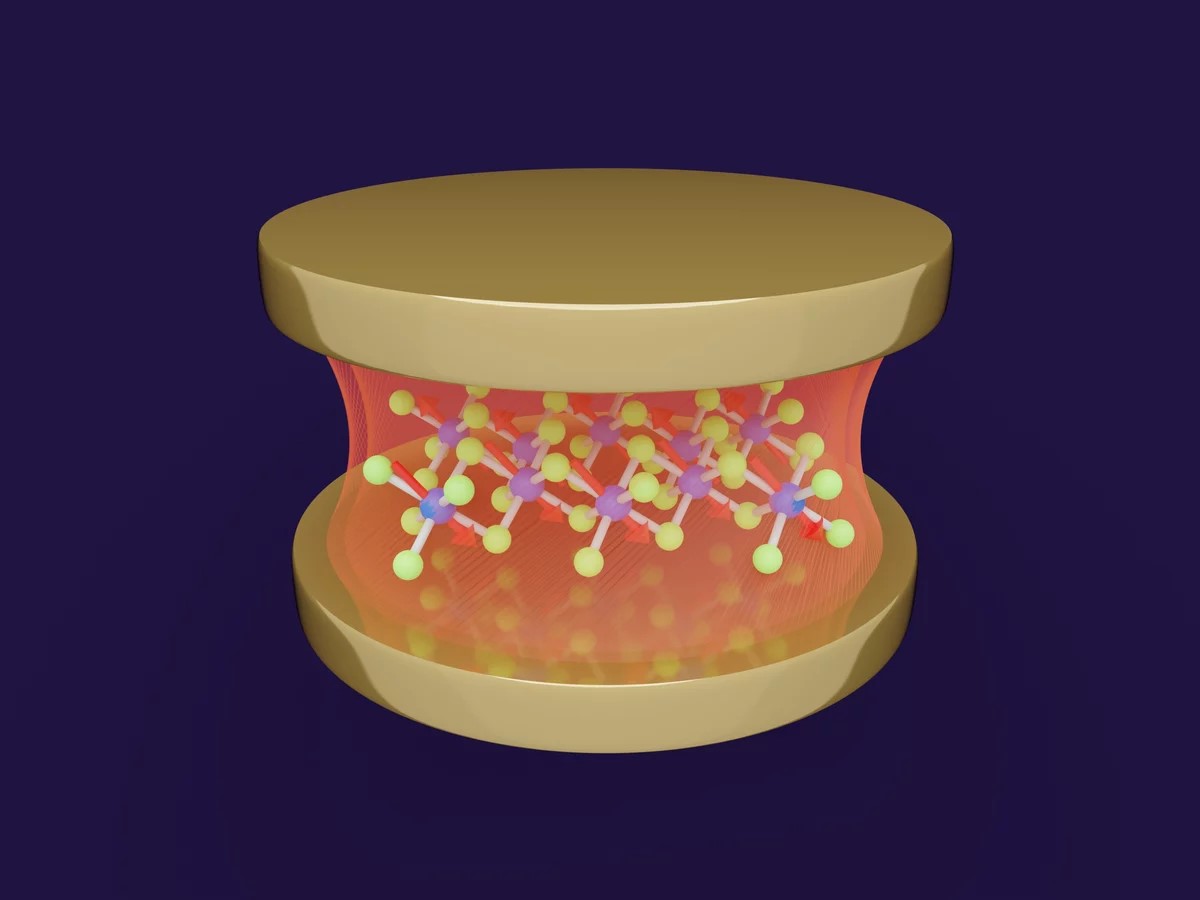The Mystery of Quantum Materials: A Closer Look at the Wiedemann-Franz Law in Cuprates
Before the discovery of electrons and their role in generating electrical current, scientists recognized electricity's potential and found metals to be excellent conductors of both electricity and heat. In 1853, two researchers established the Wiedemann-Franz law, stating that, at any temperature, the ratio of electronic conductivity to thermal conductivity remained consistent across various metals.

Figure 1. Illustration.
Figure 1 is an illustration. However, this law faces challenges in quantum materials, where electrons transition from individual particles to a collective state. Recent experimental findings indicate a breakdown of the 170-year-old law in these quantum materials. Theoretical arguments presented by physicists from the Department of Energy's SLAC National Accelerator Laboratory, Stanford University, and the University of Illinois suggest that the Wiedemann-Franz law could still approximately apply to copper oxide superconductors (cuprates), which exhibit lossless electricity conduction at relatively high temperatures.
Published in Science, their proposal emphasizes considering only electrons in cuprates, with other factors, like vibrations in the atomic lattice, accounting for experimental discrepancies. Wen Wang, lead author and a PhD student at Stanford Institute for Materials and Energy Sciences (SIMES) at SLAC, highlights the importance of this surprising result for understanding unconventional superconductors.
The original law, designed for materials where electrons weakly interact and behave like bouncing balls, is tested theoretically in systems devoid of these characteristics. Superconducting materials, discovered in 1911, initially operated at extremely low temperatures, limiting their practicality. In 1986, the discovery of high-temperature superconductors (cuprates) raised hopes for more practical applications, though achieving room temperature superconductivity remains elusive after nearly four decades of research.
Theoretical studies, aided by powerful supercomputers, are crucial for interpreting experimental results on these materials. The SIMES team conducted simulations based on the Hubbard model, essential for describing systems where electrons cease independent behavior. Results indicate that, when considering only electron transport, the electronic conductivity to thermal conductivity ratio aligns with the Wiedemann-Franz law predictions. Discrepancies in experiments are attributed to factors like phonons or lattice vibrations not considered in the Hubbard model.
Brian Moritz, a SIMES staff scientist and co-author, notes the study did not delve into how vibrations cause discrepancies but highlights the surprising discovery of the system maintaining correspondence between charge and heat transport among electrons. Moving forward, the researchers aim to further understand these phenomena. The study received major funding from the DOE Office of Science, with computational work conducted at Stanford University and the National Energy Research Scientific Computing Center, a DOE Office of Science user facility.
Source: DOE/SLAC National Accelerator Laboratory
Cite this article:
Hana M (2023), The Mystery of Quantum Materials: A Closer Look at the Wiedemann-Franz Law in Cuprates, AnaTechMaz, pp. 133


